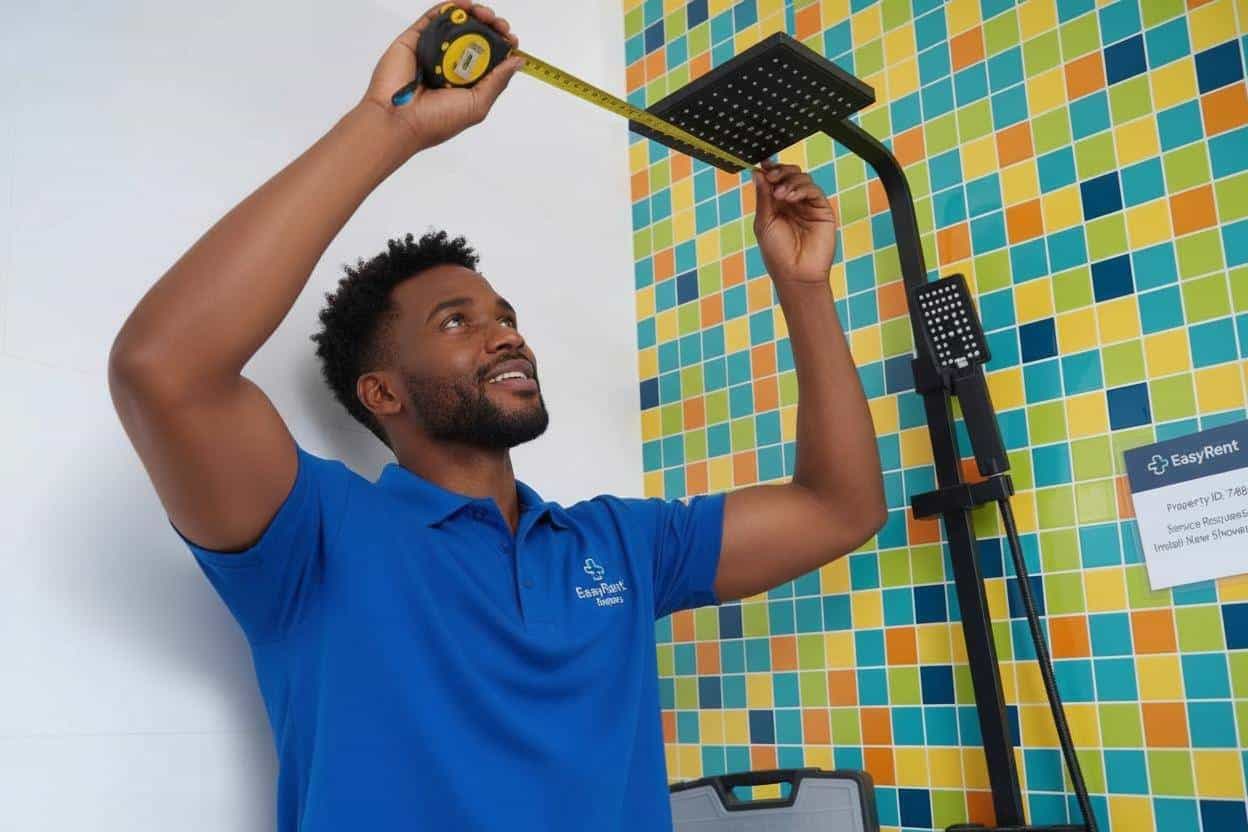
Whether you’re buying a new place or just renting, it’s always an awkward moment when you ask: “Does that fancy light fitting stay, or is the previous owner taking it?” It’s a simple question with a surprisingly tricky legal answer. In the South African property market, the line between a “permanent fixture” (which must stay) and a simple item of decoration (which can be taken) can cause major headaches for tenants, landlords, buyers, and sellers alike. Don’t worry about arguing over the blinds or the dishwasher! This guide cuts through the confusion to clearly explain the three simple tests our courts use to decide what truly belongs to the property.
The Three Pillars of Fixture Permanence
Courts use a three-pronged test to determine whether something is a permanent fixture or just a fancy decoration:
- The Purposeful Attachment: Is the item installed to serve the property in a long-lasting way? Think built-in bookshelves or a dishwasher – these are clearly meant to be a permanent part of the space.
- The Intention Factor: What was the original intention behind installing the item? Was it meant to be a permanent addition or a temporary convenience? For example, a freestanding oven is likely considered movable, while a built-in oven is probably a permanent fixture.
- The Removal Reality: Would removing the item cause major damage to the property? If taking down a light fixture leaves gaping holes in the ceiling, it’s likely considered a permanent alteration. On the other hand, if you can easily unscrew some blinds without leaving a trace, they’re probably movable.
It’s All in the Agreement: Avoiding Disputes
The best way to avoid confusion about fixtures is clear communication. Landlords and tenants should clearly define their expectations in the lease agreement. An annexure listing specific permanent fixtures can be a lifesaver! This way, both parties know exactly what’s included in the rental or sale.
Common Fixtures: A Glimpse into the Grey Area
While there’s no definitive list, some items generally fall under the “permanent fixture” umbrella:
- Built-in features: Include bookshelves, cabinets, counters, and any other items securely attached to walls or floors.
- Plumbing and electrical fixtures: Sinks, toilets, bathtubs, light fixtures, and anything essential for the functioning of the property.
- Permanently attached appliances: Built-in ovens, stovetops, and range hoods are typically considered permanent.
Beyond the Basics: Navigating the Murky Waters
Things can get more complicated with removable items that are securely attached. For example, are those fancy curtain rods permanent fixtures? The answer might depend on the specific situation. If they’re basic and easily removed, they’re movable. However, they might be considered permanent if they’re custom-made and require special tools to take down.
The Bottom Line: When in Doubt, Seek Help!
The world of property and permanent fixtures can be a confusing one. If you’re unsure about the status of a particular item or if you need help navigating a lease agreement or purchase contract, don’t hesitate to reach out to a professional. A qualified lawyer can provide valuable guidance and help you avoid any unpleasant surprises down the line.
Remember: Clear communication is key! Whether you’re a landlord, tenant, buyer, or seller, taking the time to discuss expectations and clearly define permanent fixtures can save you a lot of headaches in the long run. So, don’t be shy – talk it out, and enjoy a smooth and stress-free property experience!


Recent Comments